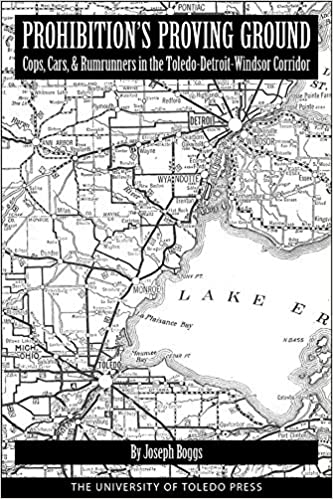About this item
Prohibition’s Proving Ground examines the tumultuous dry years in this trans-border region through its thriving motorcar culture. In the 1910s local automobile factories churned out affordable vehicles that put many Toledo-Detroit-Windsor corridor residents on wheels for the first time, just as a wave of prohibitionist sentiment swept the area. State, provincial, and federal dry laws soon took effect in Ontario, Michigan, and Ohio, and native rumrunners fully utilized the area’s robust automobile culture to exploit weaknesses in prohibition legislation and enforcement. Ultimately, the noble experiment failed on the TDW corridor. Its failure can be partly attributed to controversial policing practices that angered area motorists suspected of bootlegging. Local sheriffs, troopers, and dry agents could not stem the tide of motorized professional smugglers who increasingly perpetrated brutal crimes in the region’s rural roadways and city streets.


